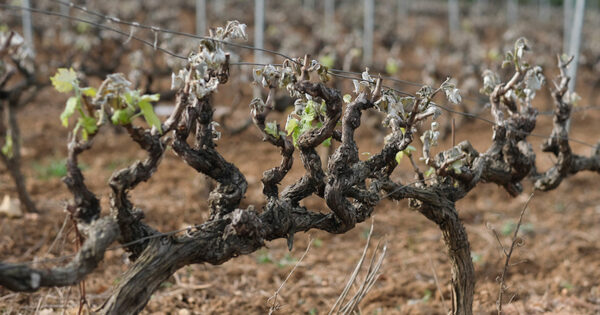Restart of vineyards after frost spells
Vine restart after a frost period
Repercussions will be different according to the vegetative stage and frost intensity.
At budbreak and before fruitset has taken place, if the frost attack is not irreversible like “black” frost, it will mainly result in a delay in growth. Obviously, a more intense frost and impact on bunches will have repercussions on the harvest potential. It is therefore essential to opt for a root and foliar treatment as soon as sap rises, in order to reactivate the vine and allow axillary buds to grow.
Solution
As soon as the sap flows, which usually takes place 10 to 15 days or more after frost, and even later depending on the damage, the actions will initially be focussed on the activation of the root system and then on a complete nutritional reactivation of young leaves that will grow back.
Test results after frost conditions
The treatment with OSIRYL was recommended after young vines had been planted on difficult soils, lacking organic matter and previously sown with cereal crops, at the rate of 10 l/ha on the row. In a condition of autumn frost (-5°C), the control plants with a lower growth rate were more sensitive to the risk of frost (75% foliage affected) compared to plants treated with OSIRYL (25% foliage affected). Growth measurements taken at the end of october show a branch length superior to the controls (+ 71%) and a better reactivation of the vegetation in the plants treated with OSIRYL after autumn frost conditions.
Foliar action on young leaves: ANTYS 15 or ANTYS 8, 1 application at the rate of 3 l/ha followed by 1 application at the rate of 5 l/ha approximately 10 days later.
 Control Vines and vines with implementation of an NSP by Frayssinet.
Control Vines and vines with implementation of an NSP by Frayssinet.
Contact us for more information about the NSP (Nutrition and Stimulation Program).

